
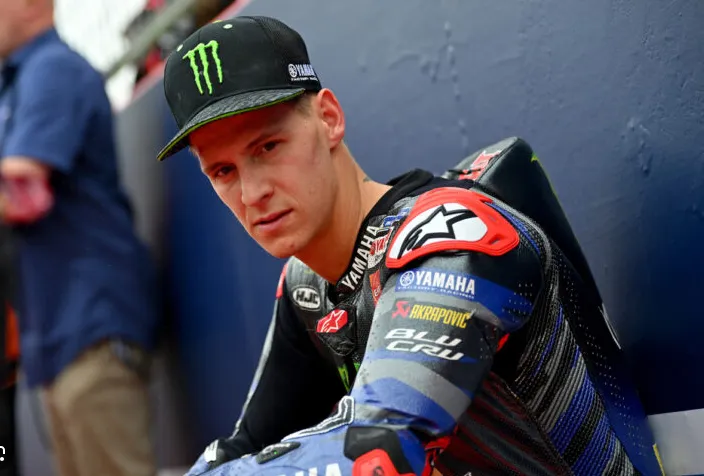
Yamaha’s Crisis: Fabio Quartararo Angry with the Electronics Package, Ultimatum Set?
The crisis at Yamaha MotoGP continues to escalate as Fabio Quartararo, the 2021 world champion and team’s lead rider, has once again voiced his deep frustration with Yamaha’s electronics package. After four days of testing, the Frenchman delivered a scathing assessment, pointing to persistent issues that remain unresolved—even after significant factory effort.
In what could be the most telling signs of unrest since he re-signed with Yamaha, Quartararo’s comments suggest a growing rift between rider and engineers, with a disconnect between on-track sensations and telemetry data. His recent statements raise questions: Is Quartararo nearing the end of his patience? And is Yamaha on the verge of losing its star?
Fabio Quartararo Still Unhappy with Yamaha’s Electronics
Despite Yamaha’s efforts over a four-day testing stint, Fabio Quartararo reported no significant progress with the electronics—a critical component that continues to hold the YZR-M1 back.
“From Friday to Monday, we still didn’t manage to get what I asked from the electronics,” Quartararo revealed after testing.
His remarks underline a deeper issue: the electronics system is not responding to rider input. Quartararo has emphasized that the chatter he feels on the bike—an unsettling vibration often due to traction or throttle issues—is not showing up on Yamaha’s data readouts.
“I feel a lot [of chatter], but in the data, you don’t see it. The engineers know, but they only see the data,” he added.
This is more than just a setup complaint. It’s a symptom of a fundamental disconnect between the factory’s analytical approach and the rider’s real-world experience—something Quartararo has warned about for over a year.
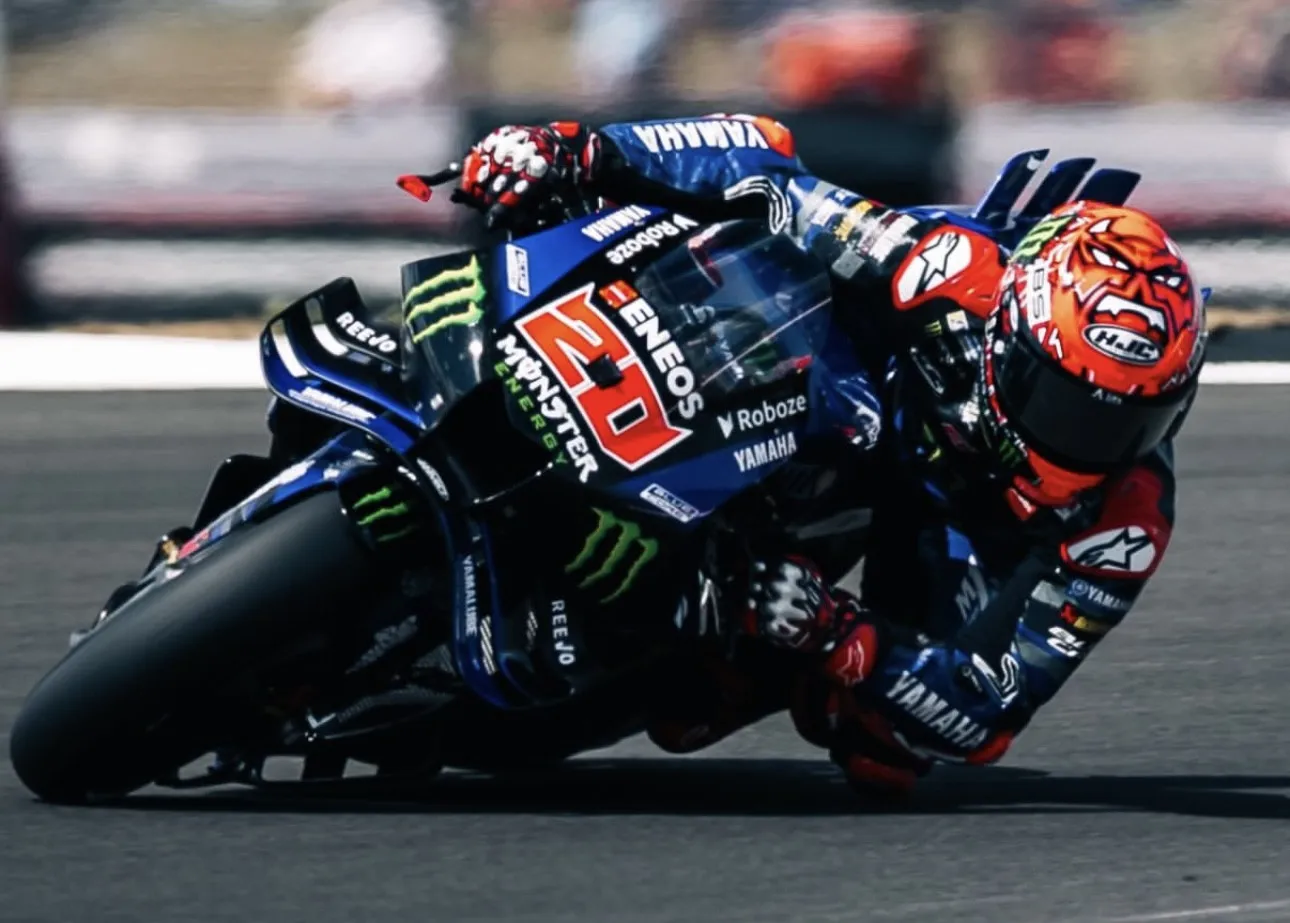
Disconnect Between Rider and Engineers: A Growing Concern
The tension between Quartararo and Yamaha’s technical team is now an open secret. While the engineers rely on telemetry data to interpret what the bike is doing, Quartararo insists that rider feel must be prioritized—especially when the data fails to reflect key problems.
“The engineers and myself must work together,” he urged, calling for closer collaboration and more intuitive engineering to resolve the issues.
This statement seems like a polite call for urgent change. But between the lines, it’s clear: Quartararo is growing impatient, and Yamaha’s current development model might not be enough to keep him onside.
The Unknown Ceiling of Yamaha’s Electronics Package
While Yamaha has made strides in engine power and fairing upgrades, the electronics package remains its most significant bottleneck. For Quartararo, the frustration is not just the current performance—but the unknown ceiling of what’s even possible with the current electronics architecture.
“There is a lot to gain, but nobody knows. We don’t know how much we could gain,” he admitted candidly.
This statement is particularly damning. In the ultra-competitive world of MotoGP, not knowing your system’s potential is an unacceptable position for a factory team. It suggests a lack of clarity in development direction—and worse, a lack of confidence in the tools they have.
For Quartararo, a rider who relies heavily on precision throttle control and corner exit stability, the underwhelming electronics are eroding his competitive edge—and his patience.
Why the Electronics Matter More Than Ever in 2025
The 2025 MotoGP season is shaping up to be one of the most competitive in recent memory. With Ducati’s continued dominance, KTM and Aprilia’s rapid rise, and the return of Marc Márquez to winning form, Yamaha cannot afford to fall behind.
In this new era, electronics have become the backbone of MotoGP performance. Engine mapping, traction control, ride height devices, and tire life management all depend on sophisticated electronics. If Yamaha’s package remains behind the curve, no amount of chassis tweaks or engine upgrades will close the gap.
This is why Fabio Quartararo’s complaints matter so much. His feedback isn’t just personal—it reflects the core weakness of Yamaha’s racing project.
Quartararo’s Ultimatum? The Clock Is Ticking
While Quartararo hasn’t issued a formal ultimatum, the tone and content of his comments signal that he’s approaching a breaking point.
He re-signed with Yamaha in 2023 on the promise of change. But now, nearly two years later, the same problems persist, and the Frenchman’s body language in interviews suggests a man who feels trapped in a loop.
Quartararo has been linked with KTM and even Ducati customer teams in the past. If Yamaha cannot deliver significant upgrades—especially in the electronics department—2025 may be his final season in blue.
What Has Yamaha Actually Improved in 2025?
To be fair, Yamaha hasn’t been idle. They’ve introduced:
-
A new engine specification with better top speed
-
Updated aerodynamic fairings with better front stability
-
A revamped chassis geometry for improved corner entry
These upgrades have yielded some positive results, including better qualifying performance and less tire degradation late in races. But without the electronics to tie it all together, the M1 continues to lag behind in traction zones and throttle precision.
Essentially, Yamaha has built a better car, but it’s running on last year’s software.
Comparisons With Rivals Show the Gap
When comparing Quartararo’s struggles to rivals like Francesco Bagnaia, Jorge Martín, or Brad Binder, the difference is evident. All these riders benefit from electronics systems that seamlessly connect rider input with mechanical output.
Ducati’s ride-by-wire technology, for example, is renowned for its finesse. KTM’s collaboration with Red Bull Advanced Technologies has led to massive gains in throttle smoothness and traction modulation.
Meanwhile, Yamaha continues to chase ghost data, unable to translate rider feedback into track performance. That has left Quartararo over-riding the M1 just to keep pace, often leading to mistakes, crashes, or poor tire life late in races.
Can Yamaha Recover in Time?
The million-dollar question: Can Yamaha salvage their electronics package in time to save Quartararo’s faith—and their 2025 season?
There are positive signs:
-
New engineers have joined from Magneti Marelli
-
Closer collaboration with Japanese headquarters is being reported
-
The team is now using external consultants for electronics strategy
But MotoGP development cycles are slow. It may take the entire 2025 season to see the effects of these changes, which may be too late to convince Quartararo to stay beyond his current deal.
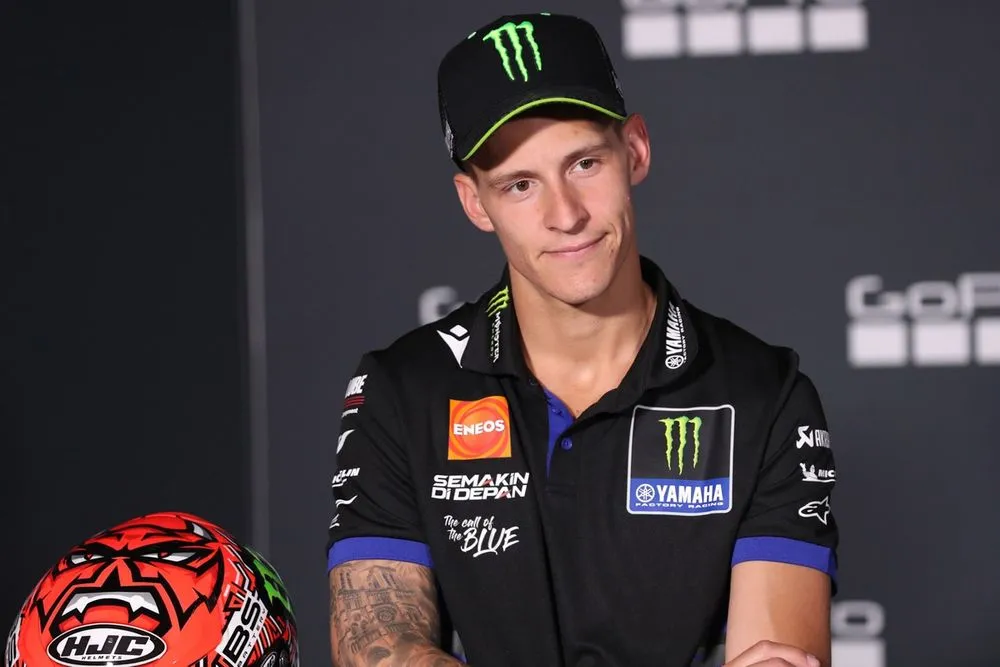
Quartararo’s Legacy Is at Stake Too
It’s important to note that this crisis isn’t just Yamaha’s. Fabio Quartararo, still only 25, is now in his prime years as a rider. Every season wasted on an uncompetitive bike is a missed opportunity to add to his world title tally.
He’s proven he can win races—even dominate seasons—when the bike is competitive. But if Yamaha cannot meet him halfway, Quartararo risks being remembered as a one-title wonder who remained loyal too long.
Conclusion: Yamaha Must Act Now or Face Consequences
Fabio Quartararo’s frustration with Yamaha’s electronics is more than just a post-test complaint. It’s a clear signal that time is running out for the Japanese factory to fix its most glaring weakness.
Unless Yamaha can bridge the gap between rider feel and data interpretation, and deliver a truly modern, responsive electronics system, they risk not only losing races—but losing their franchise rider.
And in today’s MotoGP, where rider confidence and machine harmony are everything, Yamaha’s inability to adapt quickly may cost them dearly.








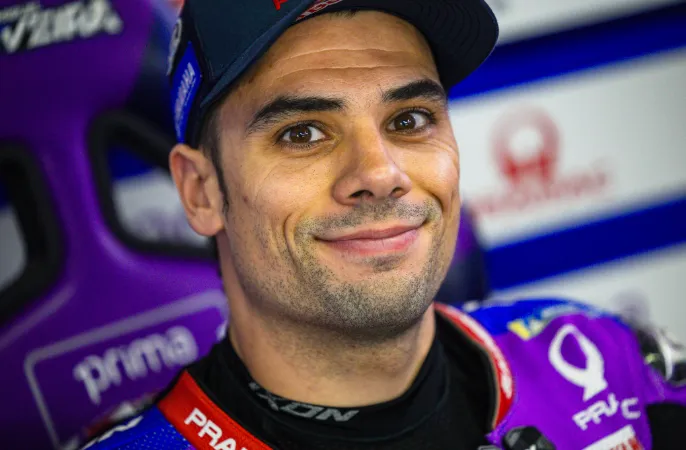
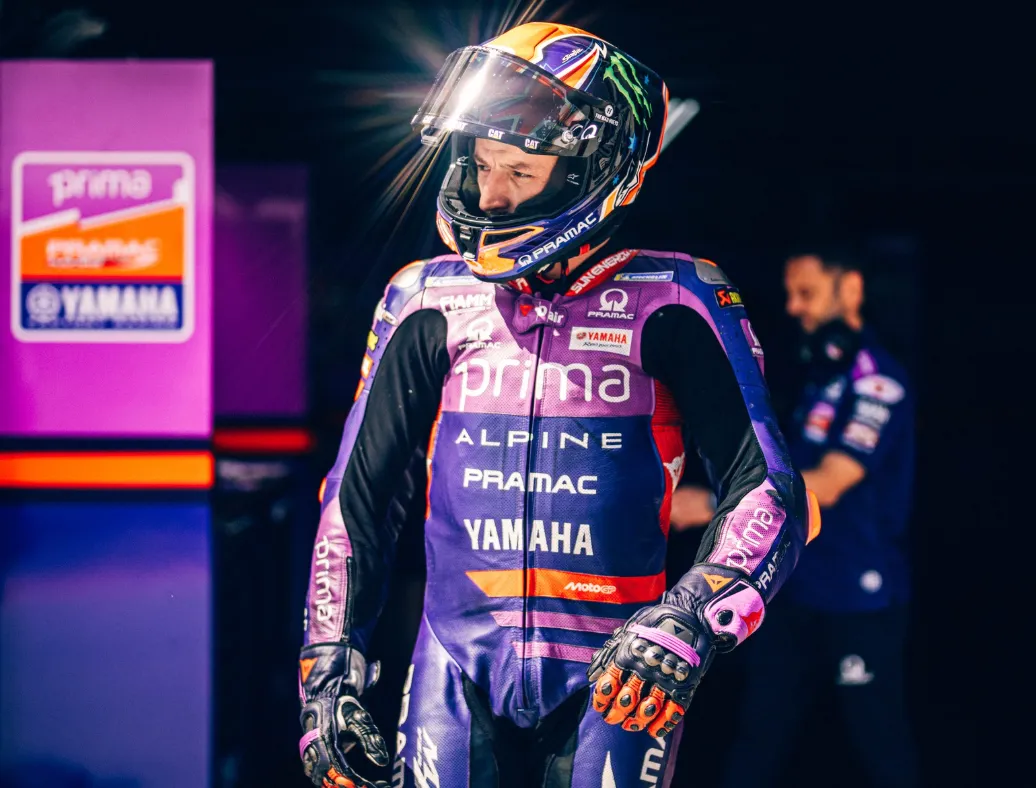









Post Comment